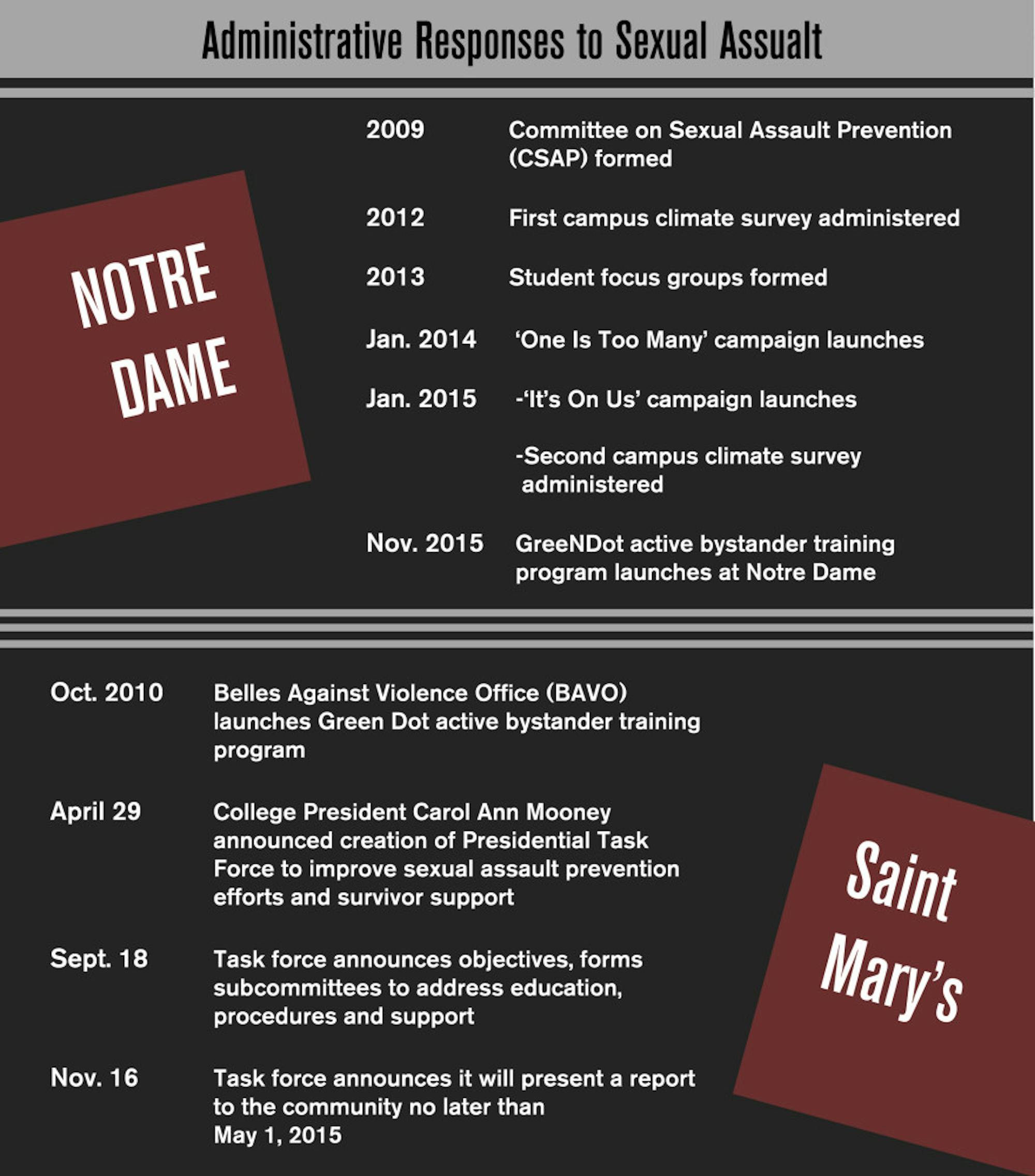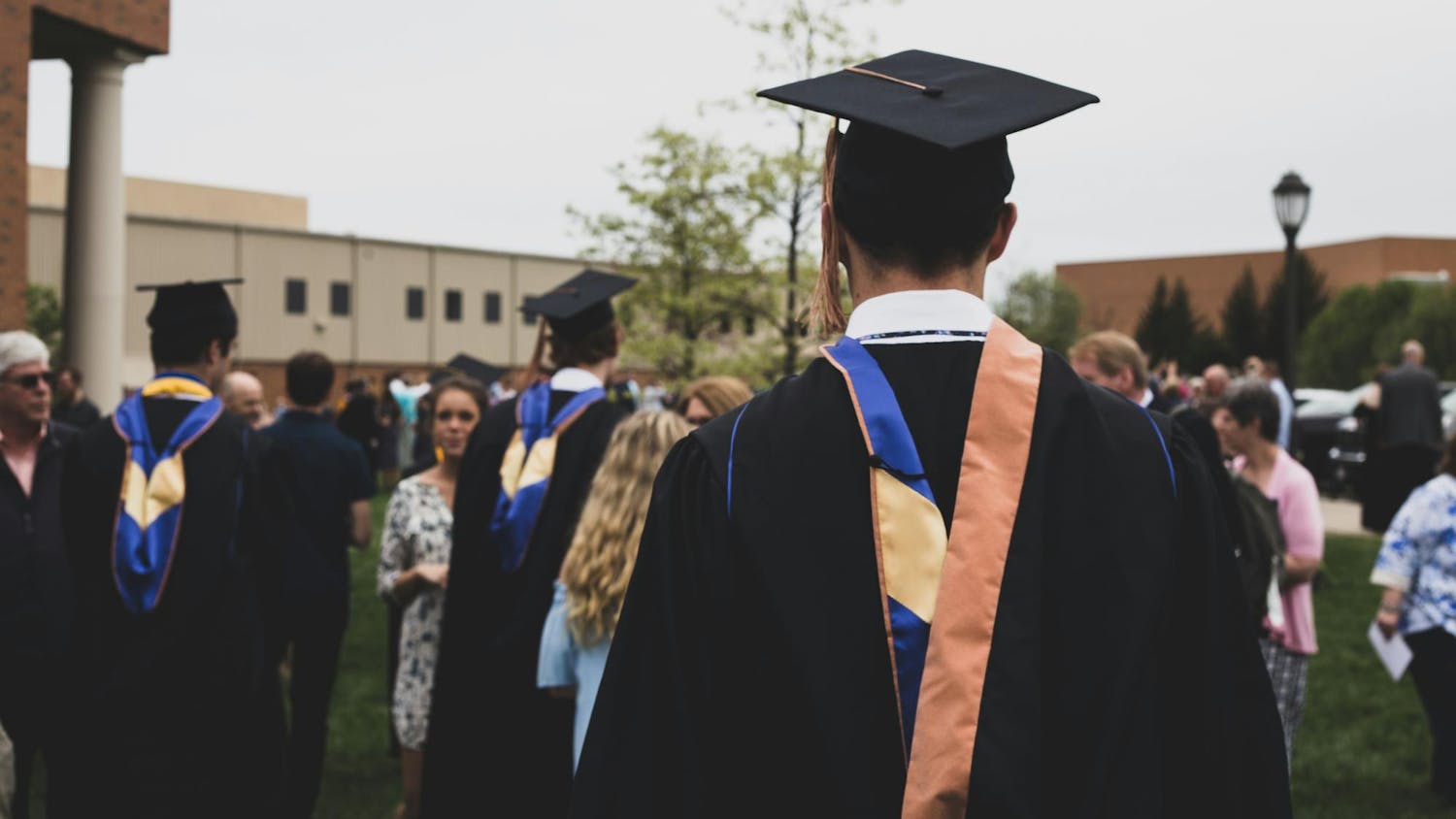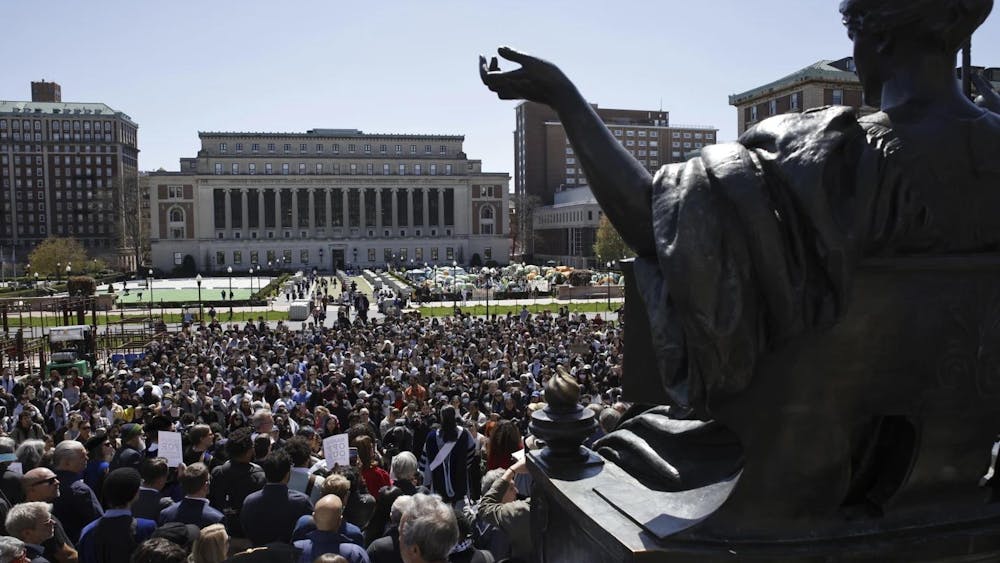
Editor’s Note: This is the first installment of a five-part series on sexual assault at Notre Dame and Saint Mary’s. Today’s stories focus on the University and College actions and initiatives in response to sexual assault.
In recent years, both Notre Dame administrators and student government leadership have focused on ending sexual violence on campus with, among other initiatives, campaigns to promote awareness and bystander intervention.
The Committee on Sexual Assault Prevention (CSAP), comprised of faculty, staff and student representatives, offers recommendations to the office of Student Affairs on supporting victims of sexual violence, encourages collaboration in programming and promotes educational initiatives.
CSAP was born out of a resolution from student senate in December 2008, which asked for a review of “the effectiveness of the University’s sexual assault, rape and sexual misconduct policy, resources for victims of sexual assault and the University’s disciplinary options available to victims of sexual assault.”
2012 Campus Climate Survey
In 2012, the first campus climate survey was administered to students to gauge areas of need, the results of which Vice President for Student Affairs Erin Hoffmann Harding said were “extremely helpful.”Hoffmann Harding said the 2012 survey demonstrated that non-undergraduate and post-baccalaureate students had lower awareness than undergraduates on University policies and support services dealing with sexual assault.
“So in response, what we’ve done over the last few years is add a variety of different training programs particular to those two student populations,” she said.
In response to students’ demonstrated confusion on the concept of consent, Hoffmann Harding said the University has added clarification points and training for students, “to try to better articulate those nuances and provide information.”
“Following the survey in 2012, the next year we additionally conducted a series of focus groups with students, particularly around areas we wanted to better understand,” she said.
“Now, last spring, we administered our second climate survey and Heather [Ryan, deputy Title IX coordinator,] is in the process, she’s three weeks into her new role, and actually one of her responsibilities is to analyze this climate survey, and the results there.
“Our intention is again to share the results with the CSAP, which is a cross-campus and cross-community survey, and to utilize those results in a way to improve communication on campus.”
Benchmarking
Deputy Title IX coordinator Heather Ryan said more and more colleges have begun to administer climate surveys, as well.“I think this year is the year we’re going to do some really good benchmarking. As we go back and forth, we haven’t had any data available externally, from institutions, prior to this year,” Ryan said. “And so I think that this next year or two are really going to be key in gaining that information, to figure out what are the best practices possible.”
Matt Lahey, associate general counsel for the University, said Notre Dame annually examines its policies and compares it to benchmark schools.
“We made revisions this summer to our policies, as we did the summer before, and benchmarking these policies helps us with that effort, he said. “We do a lot of benchmarking related to education, those initiatives.
“Green Dot came out of that benchmarking, looking at what major programs other universities are using, how they’re trying to change their culture,” he said. “No one has the absolute one right approach, and what everyone is trying to do is understand what approaches have been working.”
Christine Caron Gebhardt, director of the Gender Relations Center (GRC), said one of the challenges in choosing a violence prevention program is the lack of research on the effectiveness of the programs.
“… Because what’s your measure of success? Your cases increase? Or your cases decrease? And how do you know the case decrease isn’t merely [the cases] going underground? So part of it, what we’re trying to do is to find a way, how do you measure success,” she said. “And I think that’s a change we’ve seen over the years, is we’re not just saying, ‘Oh, we’ve done this,’ but ‘How do we know we’re making a difference?’”
Caron Gebhardt said Green Dot’s measure of success is that when 15 percent of the student body is bystander-trained. At the 15-percent point, incidence of sexual assault should decrease, measured in reports to both confidential and non-confidential resources.
She said the University is one of several institutions studying the effectiveness of Green Dot, and therefore has been very deliberate in its implementation on campus.
Student government
Student government has played a large role in creating student body engagement on the issue, the director of the department of gender issues, junior Danny Funaro, said.Funaro said the department of gender issues has participated in the Green Dot launch as well as worked on promoting the “It’s On Us” campaign, the University’s iteration of the national movement commissioned by the White House to end sexual violence on college campuses.
“‘It’s On Us’ tries to get people to take ownership of the issue, so the main thing that goes with that is the ‘It’s On Us’ pledge,” he said. “Pledge cards were last year’s version of this pledge — this year we’ve put more of a focus on the itsonus.nd.edu pledge.”
More than 200 students have signed the pledge this year, Funaro said. The department hopes to have more than 400 students sign by the end of the semester.
“The main way we’ve done that is by going door-to-door in different dorms,” he said. “You can actually get good conversations with people … [and] get people that really want to get involved.”
Funaro said he has noticed there is sometimes more difficulty getting men involved in programming and campaigns to end sexual violence.
“To get the general male population involved is a little bit harder, but I think we’ve made inroads in that, versus last year, when the ‘It’s On Us’ pledge was signed mostly by women,” he said. “This year there’s a much better balance.”
In October, student body president and senior Bryan Ricketts spoke to The Observer on the report student government delivered to the Board of Trustees on sexual violence on Notre Dame’s campus.
“Sexual violence is something we’ve been talking about on our campus for a long time now,” Ricketts said. “… There’s a lot of talk about prevention and what we’re doing on front, and in addition to that it’s sort of widely accepted as a rule — but also statistically at Notre Dame — that the number of reported assaults does not nearly match the number of actual assaults that we have on campus.
“Those are still issues that we’re trying to work through,” he said. “That was a big reason behind the impetus of this report, to give some context to where we are on campus as well as to do a little digging what we need to do better and where we’re not meeting the standards.”
The report focused on four major topics: campus conversation surrounding sexual violence, the trajectory of change on the issue at Notre Dame, alcohol culture’s role in sexual violence and a process overview, supplemented by students’ experiences. It concluded with a series of recommendations to the trustees on how to curb sexual violence on campus and how to improve the process of reporting and navigating the Title IX process.













